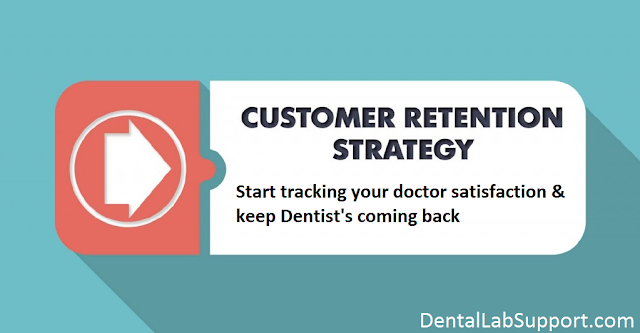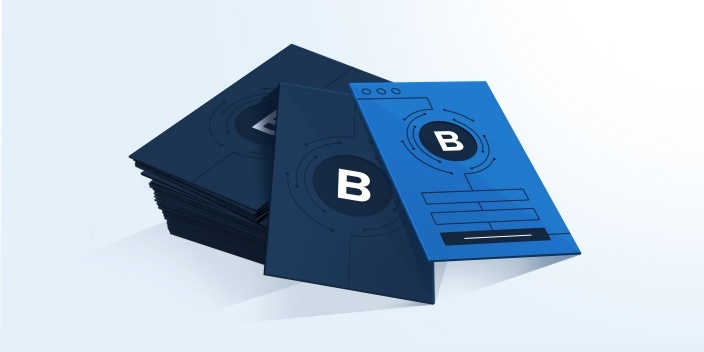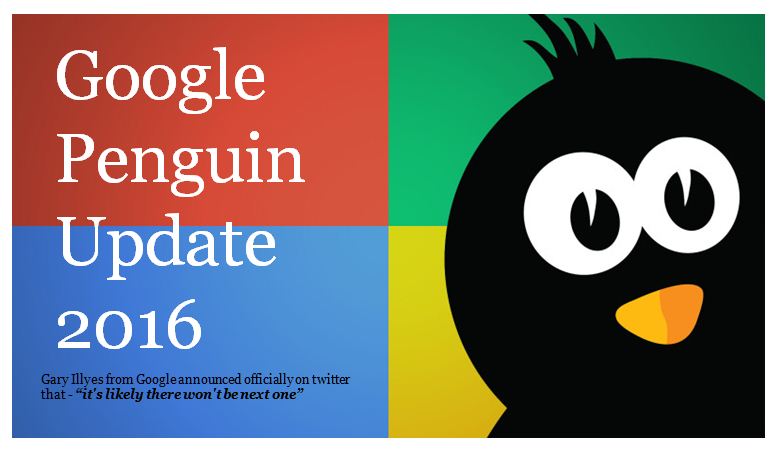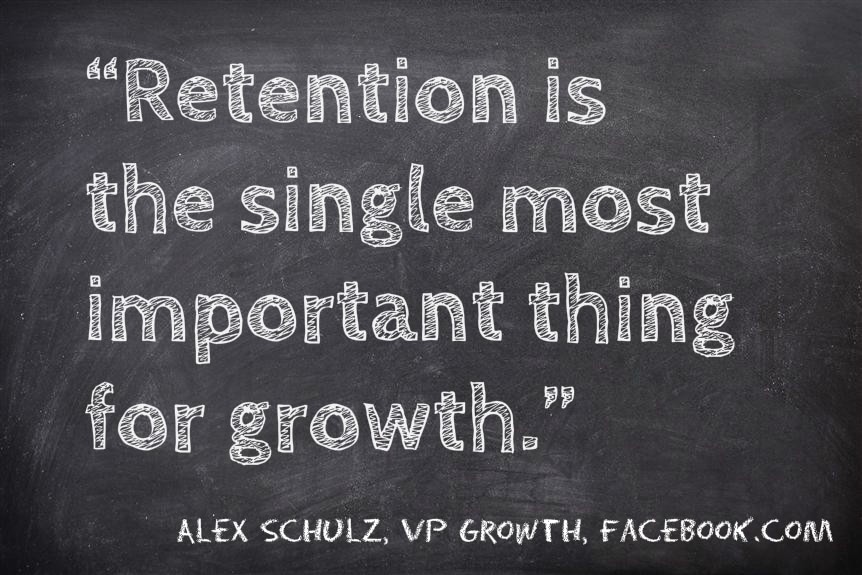Sales pipeline — a term that gets thrown around so much, you’d be forgiven for thinking it’s an empty catchphrase that simply makes salespeople who use it look like sales professionals. But your sales management operations can benefit from using a sales pipeline, and it could make a significant difference to your bottom line.
“It’s not a matter of whether you’ll get improvements. It’s just a matter of how much,” said Mark McInnes, who was recognized by LinkedIn as Australia’s No. 1 social seller and serves as an execution coaching partner at Sydney-based SalesITV.
A sales pipeline is a visual and systematic approach to selling a product or service. It allows salespeople to get a grasp of exactly where their money, deals, and other sales efforts are at all times (we’ll dive more into the pipeline below).
McInnes spoke about a client who wasn’t using a sales pipeline, and as a result, they had “little or no stats at all” about how effective their sales process was and whether their business was headed in the right direction.
But, once he implemented a sales pipeline into his business, McInnes recalled:
“Just having that level of visibility and accountability helped manage everyone’s deals and quotas. That was their best year ever.”
Sales experts explain the sales pipeline
A sales pipeline can be compared to your doctor doing a blood test.
“You can read a lot into what’s wrong and what’s right about you, and it enables the management to apply the right fixes to make a ‘sick’ company healthy,” said David P. Wallace, who has more than 30 years of sales and marketing experience and serves as the principal and founding partner of the New York-based Sales Management Group.
A sales pipeline can also be seen as a funnel that contains a set of opportunities the salesperson has identified. As more and more of those opportunities, or leads, move throughout the funnel, the salesperson is able to determine which ones will close.
“Leads and opportunities go to the top of the pipe and move down the pipe as the deal gets closer to closing,” McInnes said. A great way to store these deals is to allocate different sections. You might have a ‘lead’ or ‘opportunity’ or ‘discovery phase’ or ‘negotiations’, and the last one would be ‘close’ or ‘follow-up.’ You put your deals on the left side of the pipeline, and you slowly move them through the pipeline as you interact with customers, until they close.”
As you move through the different stages of your pipeline or funnel, the chances of a deal closing increase. Maybe they show interest and the chance goes up to 30%, then you do a demo for them and the chance goes up to 60%. By the time the lead reaches the narrowest end of the funnel, when you agree on all the terms of the deal, you’ll have a 100% chance to close it.
Pipeline visibility increases your bottom line
The visibility a sales pipeline provides serves as the foundation to increasing your company’s bottom line.
A sales pipeline is close to most salespeople’s hearts because it’s where all of their money sits.
“But many companies don’t prioritize proper management of that potential money,” said Michelle Seger, executive director and global practice lead at Atlanta-based SalesGlobe, where she helps companies from around the world improve their sales results.
“Companies don’t know what their possibilities are,” Seger said. If you can actually look at your activities, how long they’ve been there and what are your conversion rates, it tells you where you are and what’s not working.”
Setting up your pipeline
The sales pipeline can be constructed in various ways — sticky notes or an Excel spreadsheet. But if you have a complex or long sales cycle, you may want to use a CRM for efficiency. It’ll allow you to link contacts to deals, integrate email correspondence, see data insight in real time, automate tasks that will keep you on top of your game, and more.
1. Set stages: As the sales pipeline is built around your sales cycle, or all of the steps you take to close a deal, the first step would be to sort out the stages in your ideal pipeline so you can get your deals moving properly.
Depending on your industry, those stages may vary, but they might be:
- Idea
- Contact Made
- Needs Discovered
- Proposal Presented
- In Negotiation
- Close
2. Calculate goals: It’s important to have an idea of how many deals you win on average, at any stage, so you’ll know whether you are on track to success — at any given moment. This insight into your conversion rates tests your sales process, evaluates whether your sales team is performing at the level you need them to, and exposes where you have very specific needs, according to Seger. “Salespeople look at it as very daunting, but it’s not. It’s an untapped opportunity of looking at performance and what the needs are, and the data is right there,” she added.
This visibility allows a sales rep to know where they should be spending their time. McInnes explained that it’s especially important due to the diverse activities that happen in a salesperson’s day.
“Salespeople spend 13-20% of their time actually selling, and the rest of the time doing other activities — administration, email, social media,” he said. “You have to make certain activities to make your goals. Knowing how many you need to make for every quarter is very important, and if you can manage it on a daily, you can meet your target.”
Seger agreed, saying it’s easy to get lost in the activities without pipeline visibility.
“A sales pipeline provides an accurate framework for how a sales rep can manage his or her time. It provides a snapshot of all the opportunities they work on, and what‘s taking too long or what they need to do. Pipeline visibility helps your sales reps focus on what’s real,” Seger said. It also helps sales managers understand “where reps are spending their time.”
3. Build momentum: When you’re moving your deals stage-to-stage, it’s important to cite what factors help you advance your deal, so you can focus on performing those activities and continue to keep deals flowing in. It could be sending a written proposal, identifying the stakeholders, or getting a budget approved — there’s an event at each stage that moves the deal along.
You can’t control results, but constantly focusing on these activities will inevitably lead to better results.
“Pipeline visibility gives you the ability to look at statistics — how many calls, emails and meetings you’ve had with prospects,” McInnes said. “You can quickly see if you’re falling behind and need to do more, and that’s what’s going to keep you accountable and help you make your quarter.”
Seger said pipeline visibility will also show you the obstacles that stand in the way of moving forward with a deal. In each stage of the pipeline, there’s a “pivotal decision to make — if we’re going to go the next stage,” she said.
Knowing why a deal is stalling and how long it’s been in your pipeline so far helps you make that pivotal decision.
4. Find a routine: A sales pipeline helps you see where multiple deals stand, so it’s easier to manage them and remember which steps you need to take to close many more deals. Activities that add new deals to your pipeline need to be part of your routine — daily or weekly, depending on your business.
If you have a three-month sales cycle, for instance, and you’re only working on one deal at a time, you can only sell four times a year. You need to fill the sales pipeline with as many deals as you can, so you’re closing business every day or every week instead of every three months.
“If you fill your pipeline, you can have a regular stream of business that’s closing, which means a regular stream of commission checks,” Wallace said.
Multitask and know where your next deal will come from
Having a sales pipeline will allow you to make smarter business decisions to obtain success throughout your entire company.
“Pipeline visibility is a key management tool primarily because the pipeline is what drives a lot of business decisions across the organization, not just in sales. It has ramifications for production, marketing, HR,” Wallace said.
“If you don’t have the right visibility, you don’t know how many resources to have on board or how much cash you’re going to have,” he said. “Without a pipeline visibility it’s difficult to manage a business.”
McInnes added that sales pipeline visibility is critical to your entire business.
“If you don’t have a clear picture,” he said, “you’re not in control of your business, and that’s pretty crazy.”












